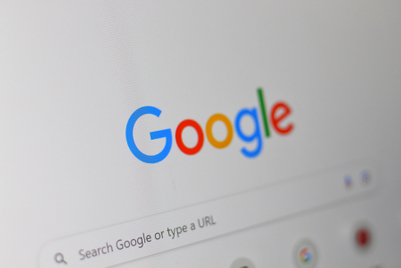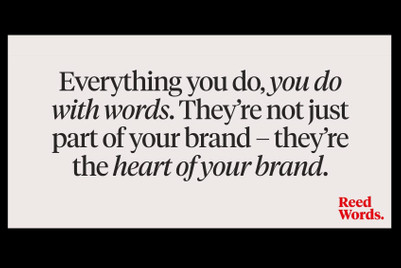Background and aim
Whilst te reo Māori has steadily seen an increase in a number of revitalisation efforts across New Zealand—especially in recent years—actual te reo learning opportunities remain limited and sometimes inaccessible.
So, for Te Wiki o te reo Māori (Māori Language Week) 2018, which ran from September 10 through 16, Spark wanted to do something truly useful to help. Being both a Kiwi company and a technology leader in Kiwi communities, Spark found itself in a unique position to do something great for all Kiwis by supporting the revitalisation efforts using its tech credentials.
Execution
To deliver a cutting-edge learning experience, Spark partnered with Te Aka Māori Dictionary and Google to launch Kupu: an app designed to support the revitalisation of te reo Māori by packaging bite-sized language learning into an interactive and fun mobile experience.
Spark’s proposition was simple: take a photo, learn a language. The goal was equally as simple: encourage Kiwis to download Kupu and explore the world around them with it.

Using Google Cloud Vision and Google Translate APIs, supported by Te Aka Māori Dictionary data, Kupu lets users see the te reo Māori translations for pictures they take on their phone. It serves up the most likely translation, then other options for what it detects in the image. It also lets the user input words, meaning the app is constantly learning and iterating.
Results
By the end of the first 24 hours of being available, Kupu generated 35,051 downloads, exceeding targets by 119%. After two weeks of in-market advertising, the app had an installed base of 115,817, again far exceeding benchmarks.
Interaction rate was an astonishing 4,372%, with more than 2 million translations and 2.5 million audio plays. This means the average user took 15 photos to translate objects and played 29 audio clips (word pronunciations). Said another way, the average user interacted with the core functionalities of the app 44 times (44:1).
Users of the app shared image translations they’d taken 3,260 times–30% over target.
In addition, extensive coverage from media outlets (such as TVNZ One News, Radio NZ and Newstalk ZB), personalities (such as Jono & Ben, Stacey Morrison) and politicians (such as Kelvin Davis) amplified Spark’s earned-media reach significantly, reaching an estimated 6.4 million people (source: media agency partner), exceeding target by 327%.
“Bite-sized language learning that fits our daily habits is the benefit,” said Mike Davison, creative director at ColensoBBDO. “But the long-term collaboration with the best technology, Māori language and digital platform experts our country has; that’s what has made this project humbling and memorable.”
CREDITS
Client: Spark
Agency: Colenso BBDO
Partners: Te Aka Māori Dictionary Research Team of Te Ipukarea of National Māori Language & Google
Development: Rush Digital
Sound: Franklin Rd


.jpg&h=334&w=500&q=100&v=20250320&c=1)


.png&h=334&w=500&q=100&v=20250320&c=1)





.png&h=334&w=500&q=100&v=20250320&c=1)



.jpg&h=268&w=401&q=100&v=20250320&c=1)



